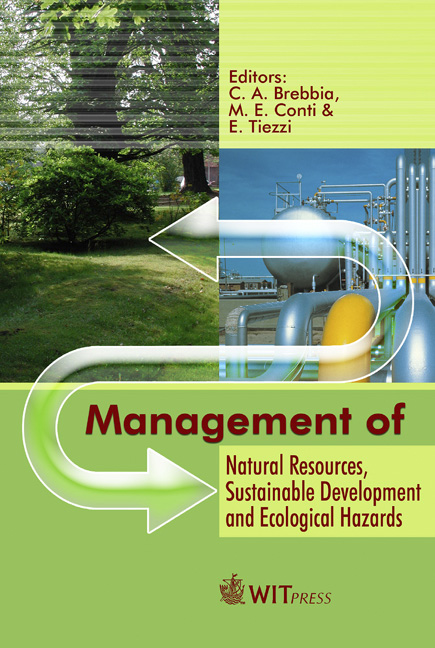Overview Of Ultrafine Particles And Human Health
Price
Free (open access)
Transaction
Volume
99
Pages
14
Published
2006
Size
697 kb
Paper DOI
10.2495/RAV060601
Copyright
WIT Press
Author(s)
J. C. Chow & J. G. Watson
Abstract
Several hypotheses have been advanced concerning which properties of suspended particulate matter (PM) in the atmosphere cause short-term and long-term health effects. These properties include: 1) PM mass in different size fractions; 2) PM surface area; 3) PM number; 4) transition metals (especially the soluble fraction); 5) acids (especially sulfuric acid); 6) organic compounds; 7) biogenic particles; 8) sulfate and nitrate compounds (typically neutralized in whole or in part by ammonia or sodium); 9) peroxides and other free radicals that accompany and help to form PM; 10) soot (elemental carbon and associated PAH); and 11) correlated cofactors (other pollutants and variations in meteorology). Particle number and surface area are dominated by ultrafine particles (UP), those with aerodynamic diameters less than ~0.1 µm. Although the UP fraction does not contribute large quantities to PM2.5 or PM10 mass (particles with aerodynamic diameters <2.5 or 10 µm, respectively), it dominates the PM number concentration and most of its surface area. UP are produced by the condensation of hot vapors in fresh combustion emissions. They also form from natural and manmade gases as secondary aerosol by photochemical oxidation of compounds with high vapor pressures to compounds with lower vapor pressures. UP may contain transition metals, organic material, sulfuric acid, and free radicals. Owing to their small size and high mobilities, they diffuse rapidly and may combine with each other, with larger particles, and with nearby deposition surfaces. When UP are inhaled, these surfaces may include those of the upper and lower human respiratory system. Because of their short lifetimes and low mass concentrations, UP are not conveniently measured in source emissions and ambient air. For similar reasons, they are not easily generated for exposure, inhalation, and toxicological studies to determine their potential adverse effects on human health. Keywords: ultrafine, nanoparticles, PM, health effects.Keywords
ultrafine, nanoparticles, PM, health effects.





